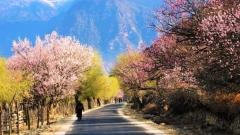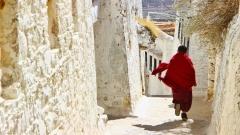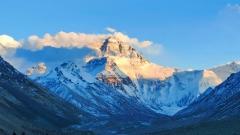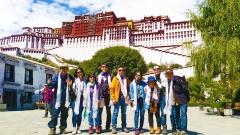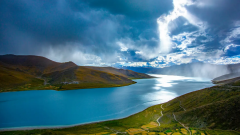When people imagine Tibet, they often picture endless grasslands, snow-covered mountains, and high-altitude deserts. Yet hidden in the southeastern corner of the plateau is a place that breaks all stereotypes—Nyingchi, a lush, river-fed region filled with forests, villages, and flowers. Because of its mild climate, abundant rainfall, and rich vegetation, Nyingchi is known as the “Jiangnan of Tibet,” referring to the famously beautiful and fertile Jiangnan region in eastern China. Here is why this remarkable nickname is well deserved.
A Lower Altitude Brings a Gentler Climate
Unlike most parts of Tibet that sit above 4,000 meters, Nyingchi’s valleys average 2,500–3,000 meters in elevation. This significant drop in altitude creates:
-
Warmer temperatures year-round
-
Less harsh winter weather
-
A longer growing season for plants
-
Greater comfort for travelers sensitive to high altitude
The mild climate is one of the main reasons Nyingchi feels more like southern China than the typical Tibetan plateau.

Moisture from the Indian Monsoon Creates Lush Vegetation
Nyingchi sits at the eastern edge of the Himalayan barrier, where the moisture-filled Indian monsoon winds collide with the plateau. This unique geographic position gives the region:
-
The highest rainfall in Tibet
-
Dense forests of pines, oaks, cypresses, and maples
-
Lush river valleys and farmland
-
A dramatically different ecosystem compared to western and northern Tibet
In many areas, travelers are surprised to find landscapes that resemble subtropical mountain forests more than the dry Tibetan highlands.
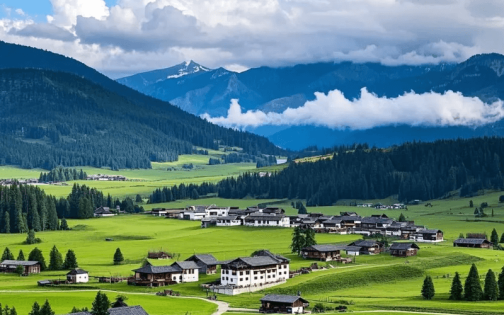
Lulang Forest Sea
The Grand Yarlung Tsangpo River Creates Fertile Valleys
Flowing through Nyingchi is the Yarlung Tsangpo River, which eventually becomes the Brahmaputra in India. Its wide valleys and rich alluvial soil nurture:
-
Terraced fields of barley, wheat, and rapeseed
-
Fruit orchards with peaches, pears, and apples
-
Traditional Tibetan villages surrounded by greenery
The scenery often mirrors Jiangnan’s river towns and fertile plains—another reason Nyingchi earns the comparison.
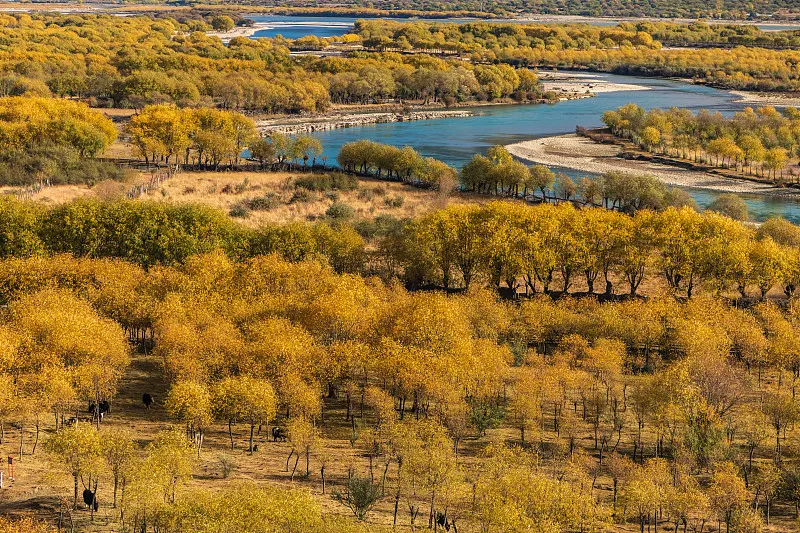
Autumn scenery of the Yarlung Zangbo River
Blossoming Peach Flowers Every Spring
Every March and April, Nyingchi bursts into color during the Peach Blossom Festival, when countless wild peach trees bloom across valleys and riverside fields. Snowy peaks rise above ribbons of pink blossoms, creating one of the most iconic spring scenes in all of Tibet.
This combination of:
-
Flower-filled meadows
-
Snow-capped mountains
-
Mild air and clear skies
is extremely rare on the plateau. The beauty strongly evokes the poetic landscapes associated with Jiangnan.

Peach Blossom
Diverse Ecosystems Rarely Seen in Tibet
Nyingchi is home to some of Tibet’s richest biodiversity. Thanks to its warm valleys and rainy climate, the region contains:
-
China’s deepest canyon (the Yarlung Tsangpo Grand Canyon)
-
Rare wildlife such as Bengal tigers, golden monkeys, and snow leopards
-
Alpine meadows and subtropical forests in the same region
-
More than 3,000 species of plants
This ecological variety is another reason Nyingchi stands out dramatically from the rest of Tibet.
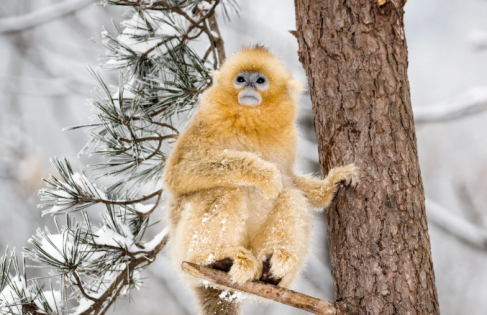
Cultural Blend of Tibet and Southeast Asia
The people of Nyingchi include Tibetans as well as several smaller ethnic groups, such as the Menba and Luoba communities. Their architecture, agricultural practices, and festivals combine:
-
Traditional Tibetan customs
-
Influences from neighboring Himalayan regions
-
Elements of forest-dwelling and river-based cultures
This blend adds depth to Nyingchi’s landscape—rich, welcoming, and full of life, much like Jiangnan’s cultural warmth.
Iconic Sceneries That Show Nyingchi’s “Jiangnan” Charm
Some of Nyingchi’s most famous spots reflect its green, gentle beauty:
-
Lulang Forest – rolling green meadows framed by alpine forests
-
Basomtso Lake – turquoise water surrounded by wooded hills
-
Gala Peach Blossom Village – pink blossoms and snow peaks
-
Nyang River Valley – crystal-blue river cutting through fertile fields
-
Sejila Mountain Pass – a misty, forested landscape reminiscent of southern China
These landscapes have little in common with the rocky, arid highlands most travelers expect in Tibet.
Conclusion
Nyingchi is called “the Jiangnan of Tibet” not just because it’s green and beautiful, but because it represents a rare side of the plateau—one filled with life, warmth, rivers, forests, and flowers. Its unique climate, dramatic geography, and cultural richness make it an essential destination for travelers who want to experience a different face of Tibet.
Whether you’re visiting for peach blossoms, forest hikes, lakeside views, or photography, Nyingchi offers a gentle and poetic charm unlike anywhere else on the plateau.



